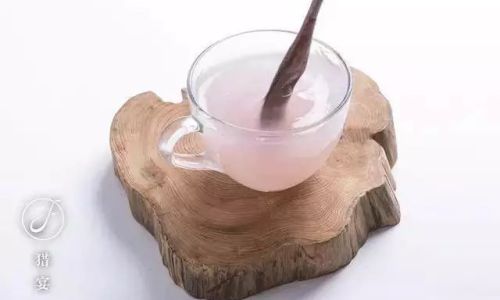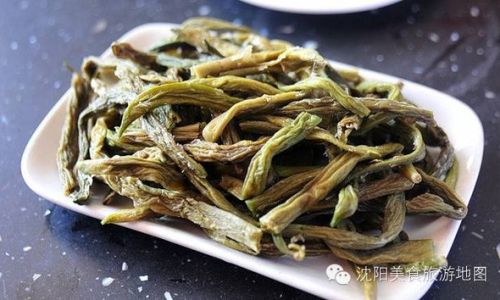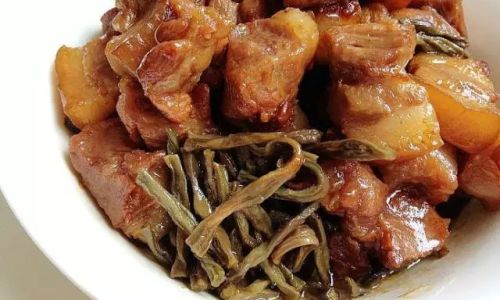Introduction
Lotus root starch, also known as lotus seed powder or lotus root flour, is a traditional Chinese ingredient derived from the tubers of the lotus plant. It boasts a unique texture and mild, slightly sweet flavor, making it a popular choice for various desserts and beverages. From smooth and creamy lotus root starch pudding to refreshing lotus root starch drinks, this versatile ingredient can elevate your culinary experiences. However, preparing lotus root starch correctly can be a challenge for those unfamiliar with the process. This comprehensive guide will walk you through how to prepare lotus root starch, ensuring you achieve the perfect consistency and taste every time.
Understanding Lotus Root Starch
Before diving into the preparation, it’s essential to understand what lotus root starch is and its unique properties. Lotus root starch is extracted from the roots of the lotus plant, which grows predominantly in marshy areas. The roots are processed to remove the starch, which is then dried into a fine, white powder. This powder is gluten-free, low in calories, and rich in dietary fiber, making it a healthy addition to your diet.
Lotus root starch has a unique ability to thicken and gel when mixed with water and heated. This property makes it ideal for creating smooth, creamy textures in desserts and drinks. However, achieving the desired consistency requires careful measurement and cooking techniques.

Preparing Your Workspace and Ingredients
Before starting, ensure your workspace is clean and organized. Gather all the necessary ingredients and tools:
- Lotus root starch
- Cold water (for mixing)
- Boiling water (for cooking)
- A mixing bowl
- A whisk or spoon for mixing
- A pot for boiling water
- A heatproof spoon or ladle
- Measuring cups and spoons
- Serving bowls or glasses (optional, depending on your recipe)
Step-by-Step Preparation
-
Measuring the Lotus Root Starch
Begin by measuring the required amount of lotus root starch. The exact amount will depend on your recipe or the desired serving size. As a general guideline, 2 to 3 tablespoons of lotus root starch per person is a good starting point for most desserts and drinks.
-
Mixing with Cold Water
Next, pour the measured lotus root starch into a mixing bowl. Gradually add cold water, a little at a time, while whisking continuously to avoid lumps. The ratio of lotus root starch to cold water is crucial. Typically, you’ll use about twice the volume of cold water as the lotus root starch. For example, if you’re using 3 tablespoons of lotus root starch, mix it with approximately 6 tablespoons of cold water.
Continue whisking until the mixture forms a smooth, lump-free paste. This step is vital because any lumps will remain in your final dish, affecting its texture and appearance.
-
Boiling Water Preparation
While you’re mixing the lotus root starch and cold water, bring a pot of water to a rolling boil. The amount of boiling water needed will depend on your recipe, but generally, you’ll use about 4 to 6 times the volume of the lotus root starch paste you’ve prepared. For instance, if you have a paste made from 3 tablespoons of lotus root starch and 6 tablespoons of cold water, you’ll need about 1 to 1.5 cups of boiling water.
-
Adding the Paste to Boiling Water
Once the water is boiling, carefully pour the lotus root starch paste into the pot, stirring constantly with a heatproof spoon or ladle. Be cautious of splashes, as boiling water can cause burns. Stirring is essential to prevent the paste from clumping and sticking to the bottom of the pot.
-
Cooking the Mixture
Continue to cook the mixture over medium-high heat, stirring constantly, until it becomes translucent and thickened. This process usually takes about 2 to 3 minutes. The mixture will gradually thicken and take on a glossy appearance. Be patient and avoid turning up the heat too high, as this can cause the mixture to scorch or become grainy.

-
Adjusting Consistency and Flavor
Once the mixture has reached your desired consistency, you can remove it from the heat. If it’s too thick, you can add a little more boiling water and stir well. Conversely, if it’s too thin, you can cook it for a bit longer or add a small amount of lotus root starch paste (prepared separately).
At this stage, you can also add sweeteners like sugar, honey, or agave syrup to taste. Stir well to ensure the sweetener is fully incorporated. If you’re making a flavored drink, now is the time to add any extracts, spices, or fruit purees.
-
Serving Your Lotus Root Starch Dessert or Drink
Pour the cooked lotus root starch mixture into serving bowls or glasses. Allow it to cool slightly before serving, as it will continue to thicken as it cools. If you’re making a pudding, you can let it cool completely and then refrigerate it for a firmer texture.
Garnish your dessert or drink with toppings like fresh fruit, nuts, seeds, or a drizzle of honey. This not only enhances the flavor but also adds a visual appeal.
Troubleshooting Common Issues
-
Lumpy Mixture: If your lotus root starch mixture becomes lumpy, it’s likely due to insufficient mixing with cold water or adding the paste to boiling water too quickly. Ensure you whisk thoroughly and add the paste gradually while stirring constantly.
-
Too Thick or Too Thin: Adjusting the consistency can be tricky. Remember, the mixture will continue to thicken as it cools. If it’s too thick, add a bit more boiling water and stir. If it’s too thin, cook it longer or add a small amount of extra lotus root starch paste.
-
Scorching: To prevent scorching, use a heatproof spoon or ladle and stir constantly while cooking. Keep the heat at medium-high and avoid turning it up too high.
Conclusion
Preparing lotus root starch may seem like a delicate process, but with the right techniques and patience, you can create delicious and visually appealing desserts and drinks. From creamy puddings to refreshing beverages, lotus root starch offers a versatile and healthy way to elevate your culinary creations. By following this step-by-step guide, you’ll be able to master the art of preparing lotus root starch and enjoy its unique texture and flavor in your own kitchen.
Remember, the key to success is careful measurement, thorough mixing, and constant stirring during cooking. With practice, you’ll soon be able to adapt this basic method to create your own unique recipes, incorporating various flavors and toppings to suit your taste preferences. So, gather your ingredients, roll up your sleeves, and start exploring the world of lotus root starch today!





0 comments